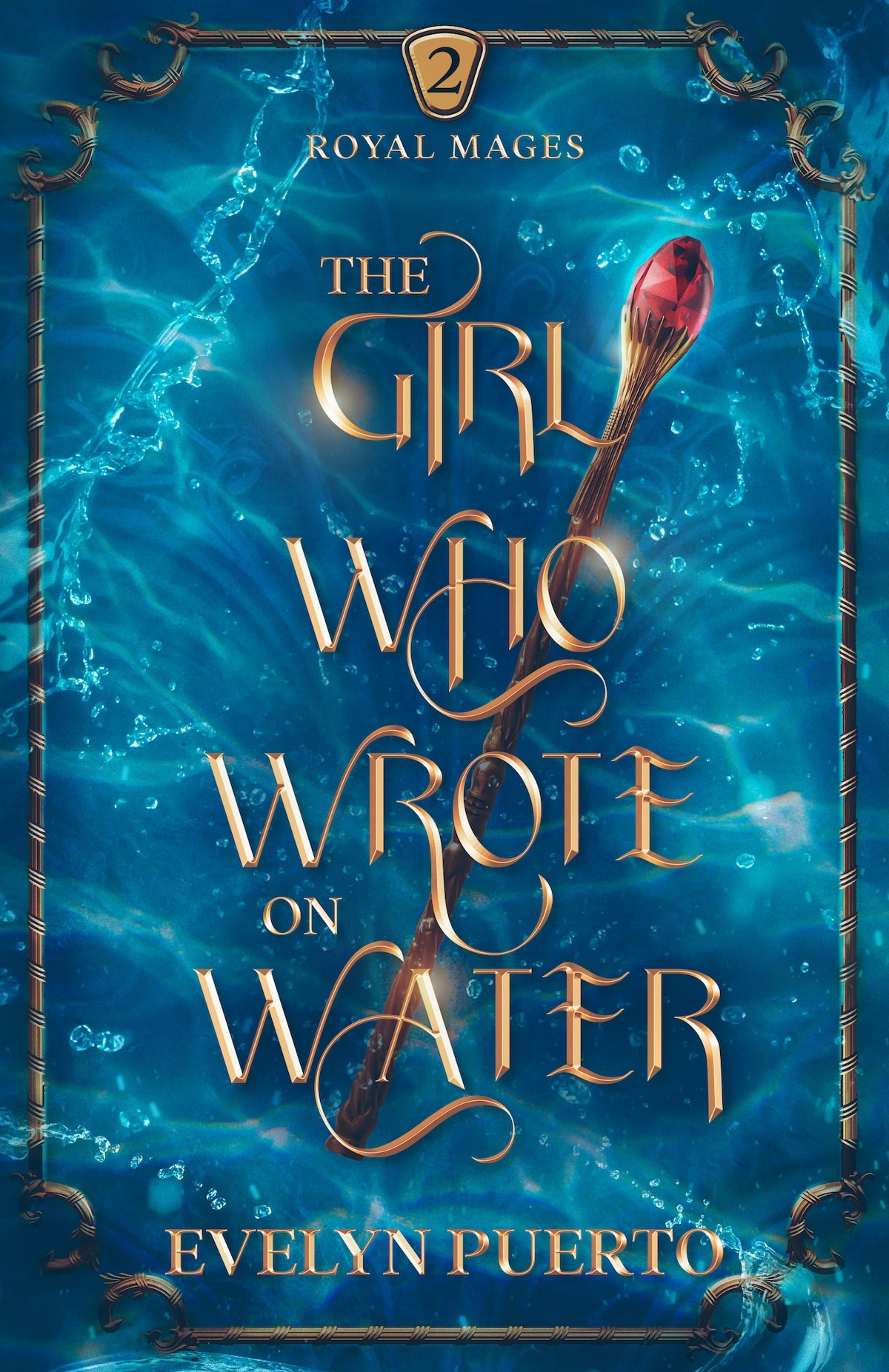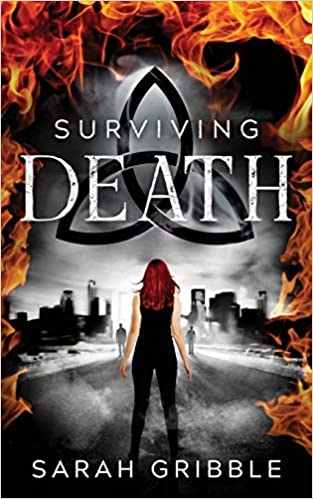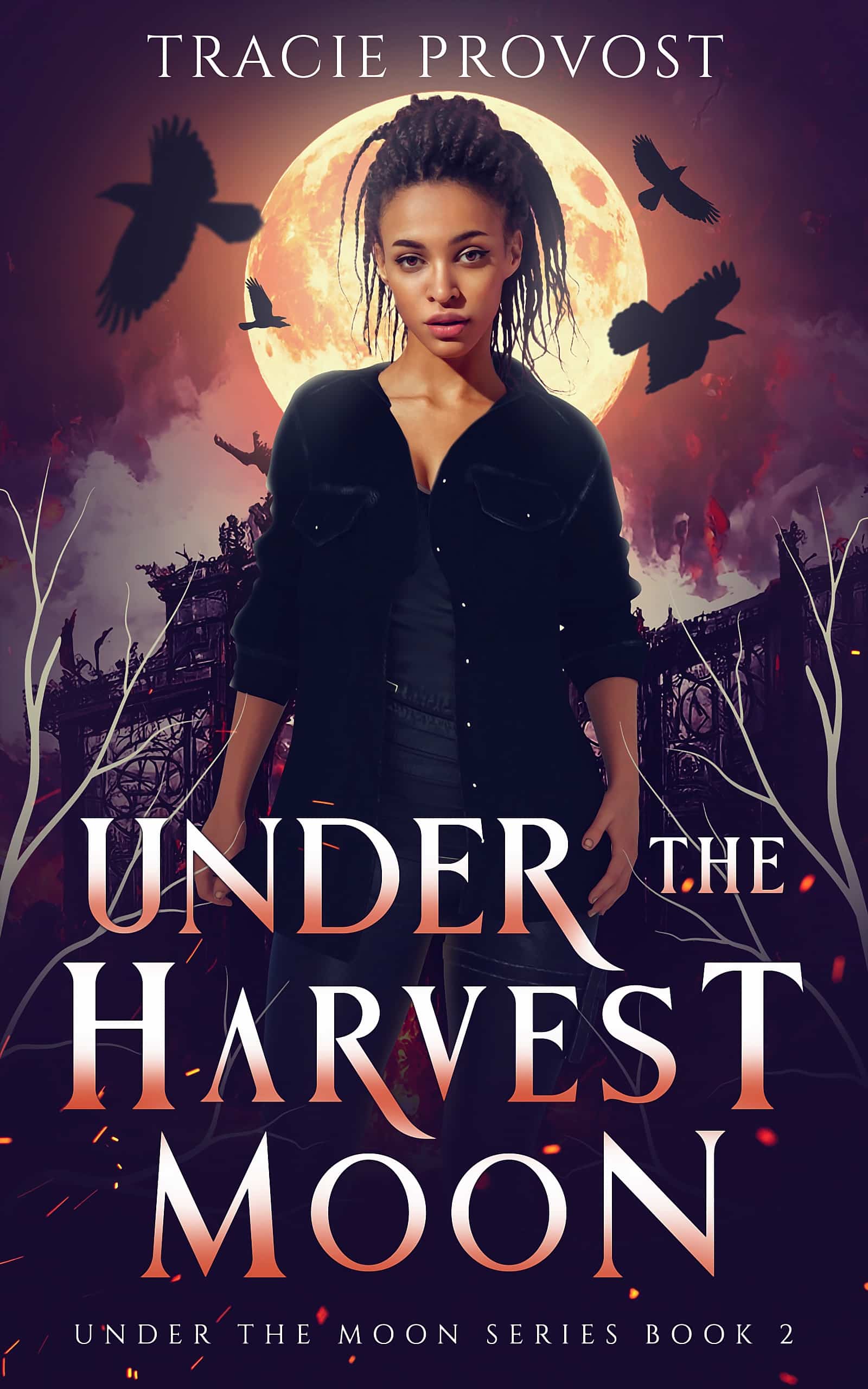by Liz Bureman |
Every Wednesday, two of my good Denver girlfriends and I get together for a girls night with food, beer, and an activity. Last week, our activity of choice was watching Disney’s Hercules on my couch. Clearly Disney took some creative liberties (they’re a family company, after all, and Greek mythology is not all that family-friendly), but it sure is entertaining to see Hercules try to prove himself as a “true hero”. And that got me thinking: wouldn’t it be fun to examine all the sides and angles of heroes and villains?
We’re dipping our toes into the waters with a comparison of heroes and anti-heroes.
by Liz Bureman |
Liz here! Greetings from the Lone Star State! I’m taking a week off work and spending it in Houston and Austin visiting some dear friends. In honor of this trip, we’re taking a detour off our regular defined path of grammatical bliss.
We should all know by now how important spelling and grammar and punctuation are for a writer. There is an exception, however: writing with a dialect. Since I’m in Texas, let’s take a trip down the southern-accent highway.
by Liz Bureman |
So we went through Christopher Booker’s seven basic plots, and maybe you’re feeling a little sad. What’s left? That surely can’t be all!
You’re in luck. It’s not.
by Liz Bureman |
We’re used to rooting for our protagonists. The easiest way to get an audience behind your character is to give them a moral compass that consistently points toward good. But what happens if your main character’s moral compass points in the opposite direction? Or if they have no moral compass at all?
Welcome to the world of the villain protagonist.
by Liz Bureman |
Often in stories, the protagonist has a support system (unless your novel takes place on a deserted island and the protagonist is the lone survivor of a terrible plane crash, in which case a volleyball named Wilson will just have to do). These characters can take the form of friends, family, coworkers, roommates, or any other number of relationships, but often they fulfill the role of the sidekick.


